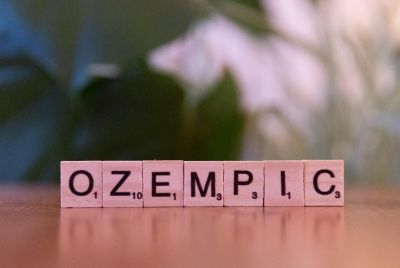Amputees' brains remember missing hands even decades later
New findings could have implications for the next generation of prosthetics.

According to researchers from Oxford University, our brains contain detailed "maps" of our hands and fingers which persist even for decades after amputation. The new findings, published in the journal eLife Sciences, challenge traditional views of how the brain works and could have implications for the next generation of prosthetics.
"It has been thought that the hand 'picture' in the brain, located in the primary somatosensory cortex, could only be maintained by regular sensory input from the hand", said Dr. Tamar Makin, a lead author of the study.
"In fact, textbooks teach that the 'picture' will be 'overwritten' if its primary input stops. If that was the case, people who have undergone hand amputation would show extremely low or no activity related to its original focus in that brain area – in our case, the hand.
"However, we also know that people experience phantom sensations from amputated body parts, to the extent that someone asked to move a finger can 'feel' that movement. We wanted to look at the information underlying brain activity in phantom movements, to see how it varied from the brain activity of people moving actual hands and fingers."
The researchers from Oxford's Hand and Brain Lab used a high-power MRI scanner to examine the brain activity in two people who had lost their left hand through amputation 25 and 31 years ago respectively, but who still experienced vivid phantom sensations, as well as 11 people who had both hands and were also right-handed. The participants were asked to move individual fingers on their left hand.
Study leader, Ms. Sanne Kikkert said: "We found that while there was less brain activity related to the left hand in the amputees, the specific patterns making up the composition of the hand picture still matched well to the two-handed people in the control group.
"We confirmed our findings by working with a third amputee, who had also experienced a loss of any communication between the remaining part of their arm and their brain. Even this person had a residual representation of their missing hand's fingers, 31 years after their amputation."
Chris Sole was one of the amputees involved in the study. He had his hand amputated in 1989 and has taken part in a number of studies. He still experiences a strong sense of movement in the amputated hand, which is why he was chosen for this study in particular.
"You feel like you can move your fingers and you have individual control", he said. "I am always happy to take part in this team's studies. Especially if it can help other people, the more they can learn the better."
The team's latest findings challenge established thinking in neuroscience by demonstrating that the brain adapts to new circumstances and maintains levels of activity despite a significant loss of inputs. However, the findings still echo the results of previous studies of the brain's visual cortex which found degenerative eye disease, that limited visual inputs, did not affect the brain's representation of the visual field.
"It seems that even, as previously thought, the brain does carry out reorganisation when sensory inputs are lost, it does not erase the original function of a brain area", said Kikkert. "This would remove a barrier to neuro-prosthetics – prosthetic limbs controlled directly by the brain – the assumption that a person would lose the brain area that could control the prosthetic. If the brain retains a representation of the individual fingers, this could be exploited to provide the fine-grained control needed."
© Copyright IBTimes 2025. All rights reserved.





















